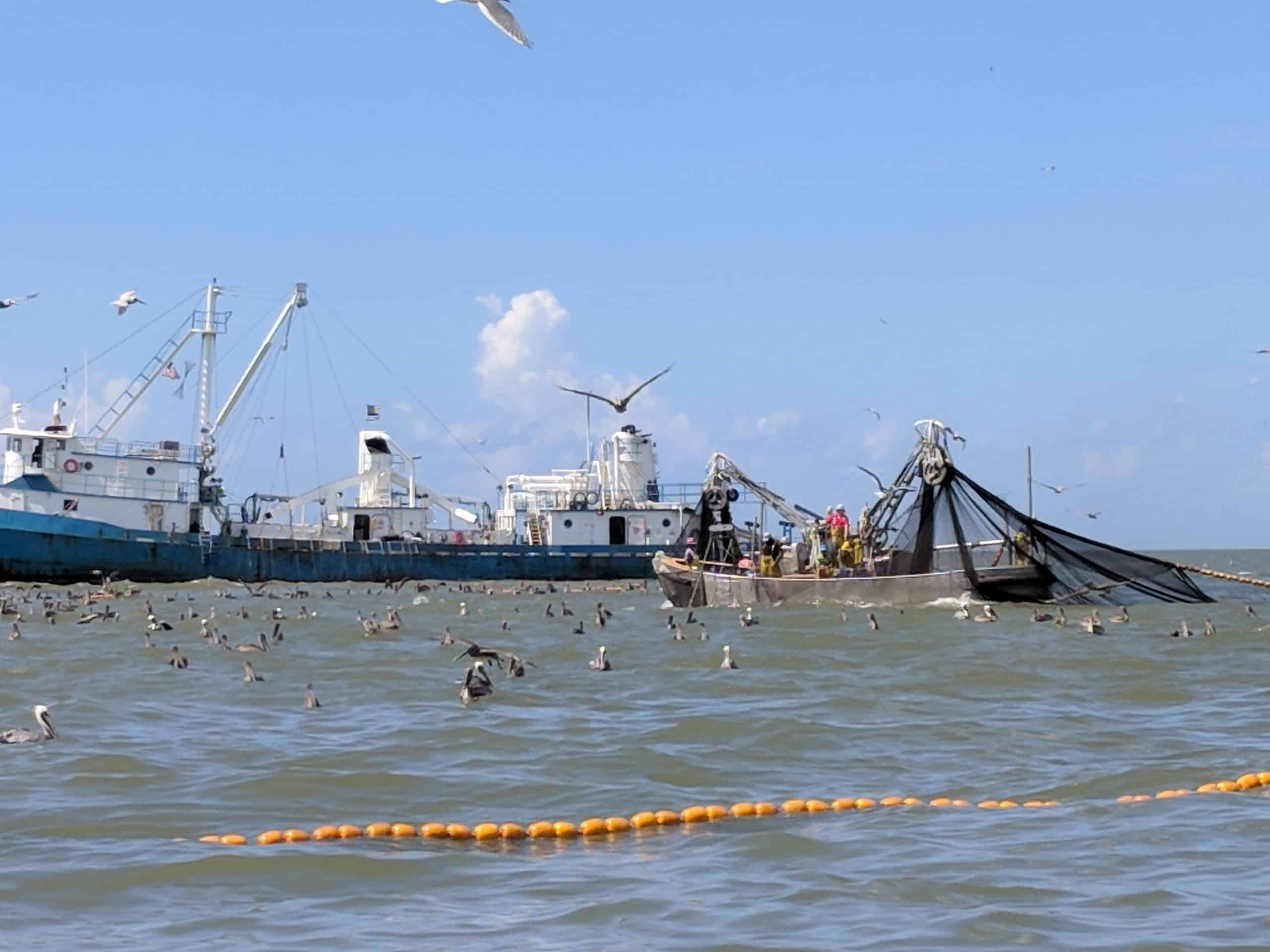Menhaden management in Virginia finally moves out of the dark ages.
By Richen Brame
CCA Regional Fisheries Director
Last year, the State of Virginia was found out of compliance with the Chesapeake Bay harvest cap (51,000 metric tons) that was mandated by Atlantic States Marine Fisheries Commission (ASMFC). When the menhaden industry intentionally fished over its quota and ended up catching about 65,000 metric tons, the ASMFC found Virginia out of compliance with the menhaden fishery management plan and threatened to close the fishery.
Virginia responded to this ultimate challenge by divesting the management authority for menhaden from the Virginia General Assembly and placing it where it should have been all along – with the Virginia Marine Resources Commission (VMRC). This may seem like a logical and necessary move, but it was in fact the final stage in cleaning up a management system rife with conflict of interest that has pervaded menhaden management for the past 30 years

When Coastal Conservation Association (CCA) first became involved with the ASMFC in the 1990s, the management of Atlantic menhaden was startling in its difference from how every other species was managed by the ASMFC. Every other species had a Management Board, consisting of the state directors and governor appointees from the states where the species occurred; a Technical Committee composed of biologists from those same states and others with expertise in the species; and an Advisory Panel composed of mostly of fishermen who fished for the species.
Menhaden was managed by the Menhaden Management Board which had a membership of about 50 percent state directors and 50 percent menhaden industry employees. The Technical Committee and Advisory Panel were combined into the Atlantic Menhaden Advisory Committee, which was composed of 50 percent state and federal biologists and 50 percent menhaden industry employees. The fox was, in fact, guarding the henhouse.
Fast forward to today and one can see how far management has come. Menhaden are now managed like every other ASMFC species, both at the interstate level and now, more importantly, at the state level. For the first time, the Atlantic menhaden fishery in Virginia is under the broad management authority of the VMRC, the agency in charge of managing marine species for the state, and not the Virginia General Assembly.
The state of Virginia took a thorny management issue and did the right thing – vested the management of menhaden in the VMRC. That took some political fortitude and Virginia should be commended. In its first action after being granted the authority to manage menhaden, the VMRC not only instituted the harvest quota in the Bay mandated by the ASMFC (51,000 metric tons), which is the minimum amount necessary to keep Virginia in compliance with ASMFC mandates and forestall a federal closure of the fishery, they also reduced the 2020 Bay cap by another 14,000 metric tons to account for the overage last year.
It is heartening to see the Atlantic menhaden fishery finally managed by fishery managers, and not industry reps with a direct financial conflict or Virginia legislators. The VMRC did what fishery managers are supposed to do – manage the fishery. This truly is a milestone in the management of Atlantic menhaden and one that has been a long time coming. It took a concentrated effort of countless anglers, conservation groups and concerned Virginia citizens to demand this change for the betterment of the Bay and all the species that depend on it.
We now have a management framework in place that may actually manage Atlantic menhaden in the best interest of the species and all the predators that depend on it, and not just for the menhaden industry. The future proposed ecosystem management of menhaden now contemplated by the ASMFC has at least a better chance of success now that a system is in place that will, at long last, allow for the proper conservation management of this key forage species. Menhaden have indeed come a long way.

